Results 1 to 10 of 21
Thread: help IDing a hone
Hybrid View
-
06-25-2017, 07:38 PM #1
 help IDing a hone
help IDing a hone
Hello all,
Whilst down at my inlaw's lake house (which is pretty far off the grid) in south eastern Missouri, I came across this rock being sold as a "vintage knife sharpener"... I won't say what I payed for it, but it was a trivial amount.
I have my suspicions about what this may be, but I wanted to ask more experienced members what their thoughts were. good find, or "get what you pay for"?
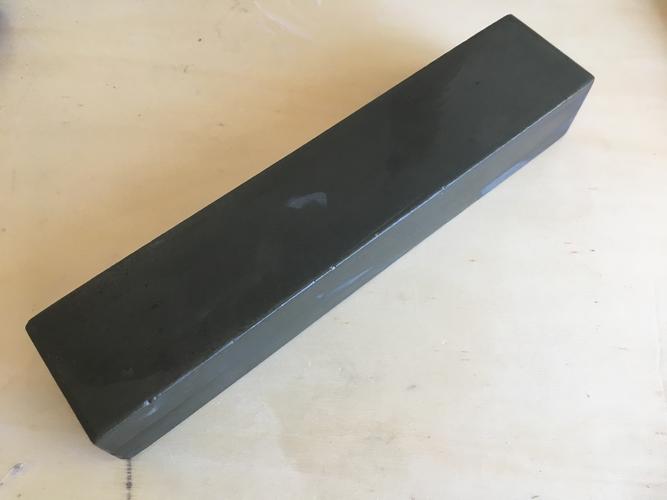
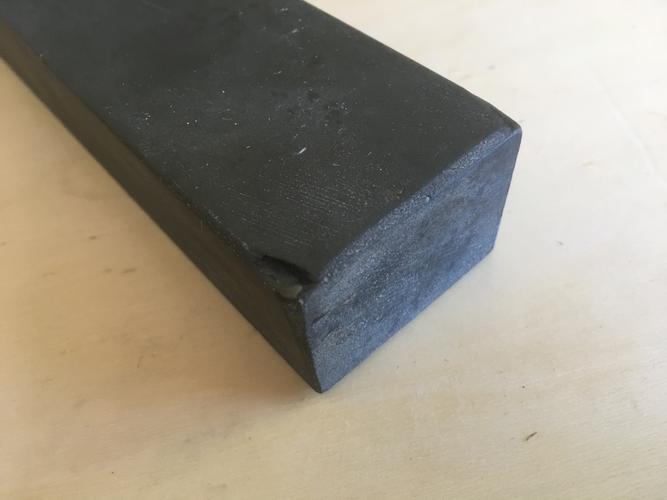
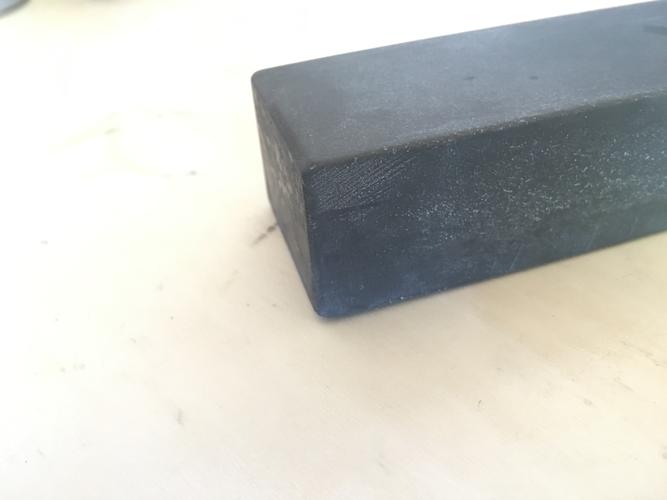
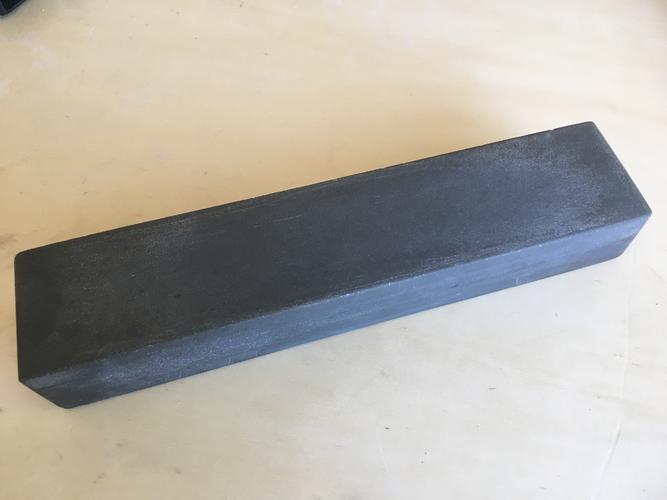
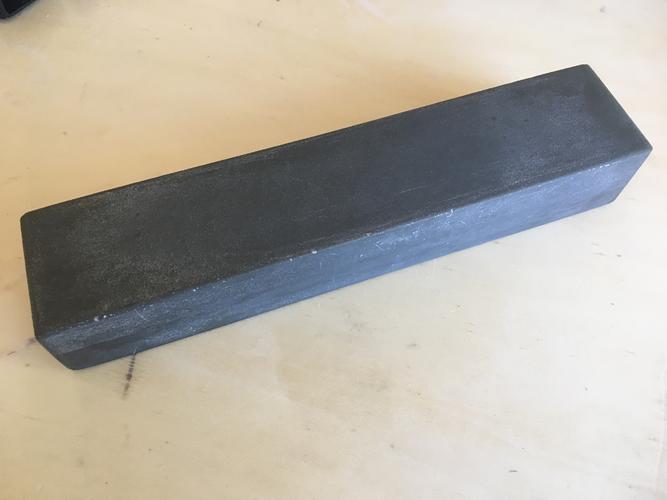
it's about 8"x1.5" an as you can see, fairly thick. tapers down just slightly on one side.
Any info on what this might be would be great!
(p.s. i haven't put a razor to it yet, but i'll update when i have a chance to)Last edited by Butzy; 06-25-2017 at 07:41 PM. Reason: removed unrelated pic
-
06-25-2017, 11:30 PM #2

I do not believe it to be a Thuringian. It lacks spme of the defining features. There are some slate beds out East. I would suggest adding baking powder to your water when honing. Some of the slate hones are quite acidic. That I found to my chagrin! Most of them tried were quite soft but a couple were very hard. Not anthracite coal hard but hard Coticule hard. No way to know without trying a blade. Some are good pre-finishers.
Let us know what you find, please.
~RichardBe yourself; everyone else is already taken.
- Oscar Wilde
-
The Following User Says Thank You to Geezer For This Useful Post:
Butzy (06-25-2017)
-
06-26-2017, 12:11 AM #3

Thanks Richard!
It's a confusing stone to be sure... I put baking powder on it as instructed and there was no notable reaction.
Put one of my go-to razors to it this evening. I have a couple razors that I consider stupid-proof and seem to take an edge well off any good stone the first time. I can report that this stone provided a pretty fine edge. I would say it's pretty similar to my larger charnley forest and very similar light delicate feedback, but notably faster. It doesn't have the "clay" sort of smell of a cf, so that's out. also of note is that the old box that it came in was definitely hand made, and there was no trace of oil. So this is and always has been used as a water hone it seems.
I should mention that it's slightly more green than the images appear. It also seems just slightly lighter than what I would expect from a slate stone of similar size. That could just be my mind playing tricks though, I havent gone through the steps to verify this.
If anyone has any more ideas of what i may be based on that, please let me know. would love to put a name to this little fella
-
06-26-2017, 12:25 AM #4

Baking powder in the water, that reduces rusting of the steel being honed. Old Japanese method. I am glad you find a good edge from the stone. Sounds like a keeper!
~RichardBe yourself; everyone else is already taken.
- Oscar Wilde
-
06-26-2017, 12:54 AM #5

That shot blasted area on the taper looks very similar so one of my Cambrock silkstones. I'm not saying it is a Cambrock, As there is simply not enough information to tell!
I suspect the pattern is made by wet sand on a rotating disc.
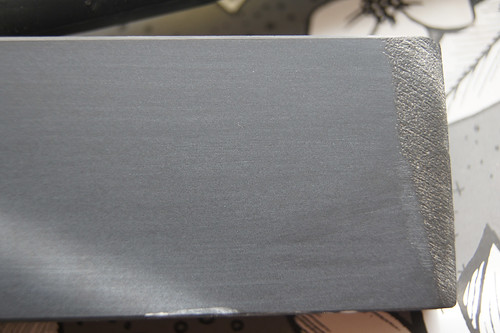
Same stone wet.
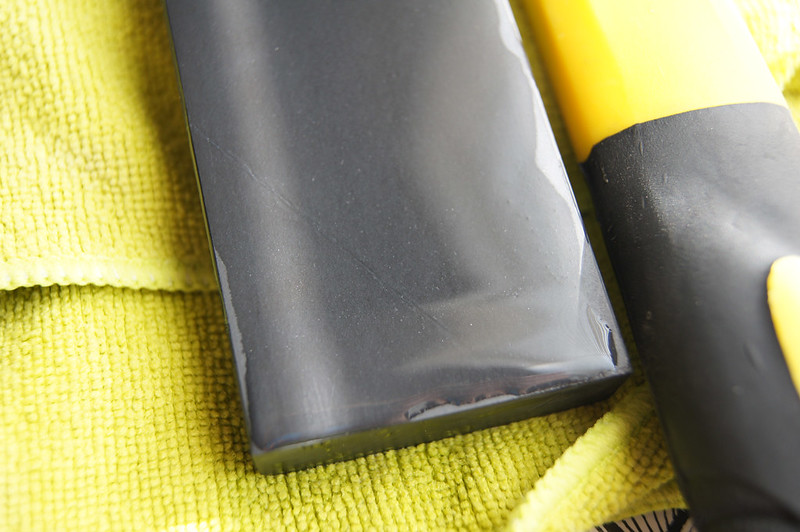
Last edited by Iceni; 06-26-2017 at 12:59 AM.
Real name, Blake
-
The Following User Says Thank You to Iceni For This Useful Post:
Butzy (06-26-2017)
-
06-26-2017, 01:06 AM #6

definitely looks very similar. That's why i included that area, there are a couple places on it and saw/cut marks can tell a lot. are the dimensions on yours at all similar to this one? This one is pretty thick, like 1.5", and that struck me as unusual for most hones of this size as well


 17Likes
17Likes LinkBack URL
LinkBack URL About LinkBacks
About LinkBacks






 Reply With Quote
Reply With Quote



